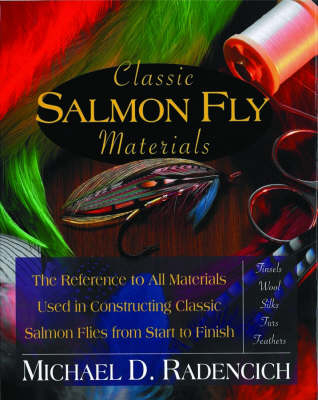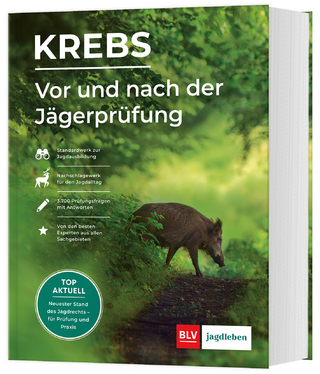
Classic Salmon Fly Materials
The Reference to All Materials Used in Constructing Classic Salmon Flies from Start to Finish
Seiten
2006
Stackpole Books (Verlag)
978-0-8117-0197-6 (ISBN)
Stackpole Books (Verlag)
978-0-8117-0197-6 (ISBN)
Working with tinsels, feathers, silks, furs, wool, and threads. Instructions from a master tier on all materials--traditional and modern--and how to use them.
Working with tinsels, feathers, silks, furs, wool, and threads Instructions from a master tier on all materials--traditional and modern--and how to use themBuilding on Tying the Classic Salmon Fly, which demonstrates techniques for tying even the most complicated fully dressed salmon flies, Classic Salmon Fly Materials provides an in-depth look at all the possibile ingredients and methods for tying these flies. Starting with the first elements, hook and thread, Radencich gives guidance on working with peacock or ostrich herl and adding body hackles, throat hackles, and collars. He explains which feathers are best suited to each type of hackle and how to fold a hackle and tie in a throat hackle. He then moves on to the most distinguishing element of a fully dressed classic salmon fly, the wings. A discussion of underwings and married and full-feather wings follows, with details on the advantages and disadvantages of each kind of feather. Radencich pulls it all together by giving complete instructions for tying the Carnegie, with expert advice on choosing the proper materials and methods.
Working with tinsels, feathers, silks, furs, wool, and threads Instructions from a master tier on all materials--traditional and modern--and how to use themBuilding on Tying the Classic Salmon Fly, which demonstrates techniques for tying even the most complicated fully dressed salmon flies, Classic Salmon Fly Materials provides an in-depth look at all the possibile ingredients and methods for tying these flies. Starting with the first elements, hook and thread, Radencich gives guidance on working with peacock or ostrich herl and adding body hackles, throat hackles, and collars. He explains which feathers are best suited to each type of hackle and how to fold a hackle and tie in a throat hackle. He then moves on to the most distinguishing element of a fully dressed classic salmon fly, the wings. A discussion of underwings and married and full-feather wings follows, with details on the advantages and disadvantages of each kind of feather. Radencich pulls it all together by giving complete instructions for tying the Carnegie, with expert advice on choosing the proper materials and methods.
Michael D. Radencich has been tying classic salmon flies for twenty years. He currently produces websites and develops interactive DVDs; he is also a professional photographer, videographer, and painter. He lives in Weatherby, Missouri.
Introduction
1. Body Materials: Gut, Tails, Silk, Tinsel, Wool, Seal and Herl
2. Body Materials: Hackles
3. Body Materials: Tail and Body Veilings
4. Winging Materials
5. Wing Decorations: Shoulders, Sides, Cheeks; Toppings and Horns
6. Putting it All Together
7. A Gallery of Salmon Fly Materials
8. Salmon Fly Plates from Classic Literature
Index.
| Zusatzinfo | 150 Halftones, color |
|---|---|
| Verlagsort | Mechanicsburg, PA |
| Sprache | englisch |
| Maße | 225 x 281 mm |
| Gewicht | 1365 g |
| Themenwelt | Sachbuch/Ratgeber ► Freizeit / Hobby ► Angeln / Jagd |
| ISBN-10 | 0-8117-0197-2 / 0811701972 |
| ISBN-13 | 978-0-8117-0197-6 / 9780811701976 |
| Zustand | Neuware |
| Haben Sie eine Frage zum Produkt? |
Mehr entdecken
aus dem Bereich
aus dem Bereich
Kompaktwissen für die Praxis & Prüfungsfragen mit Antworten
Buch | Hardcover (2024)
Gräfe und Unzer (Verlag)
CHF 64,40
sicher ansprechen – waidgerecht jagen
Buch | Hardcover (2023)
Kosmos (Verlag)
CHF 34,90


